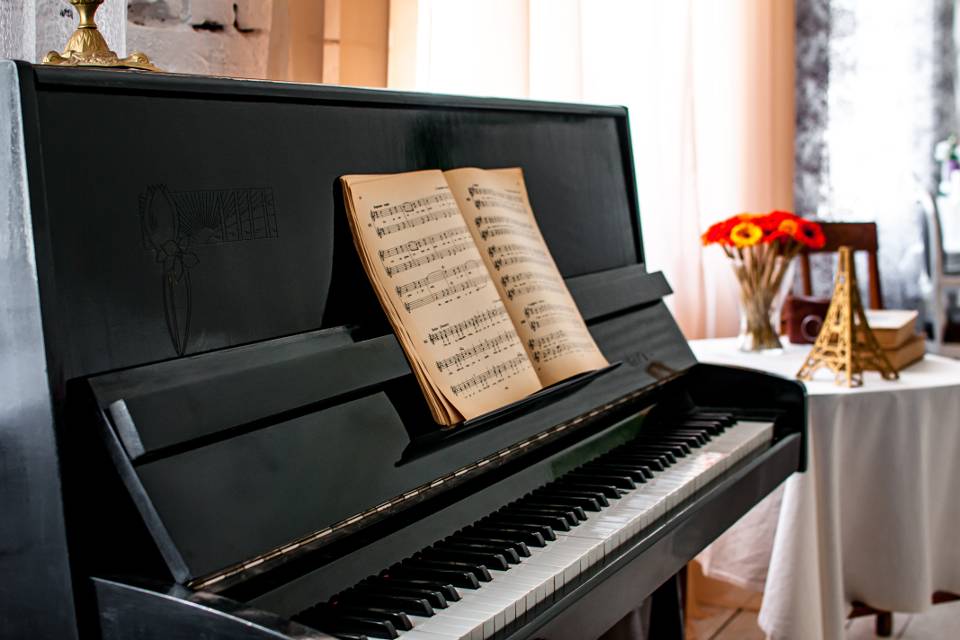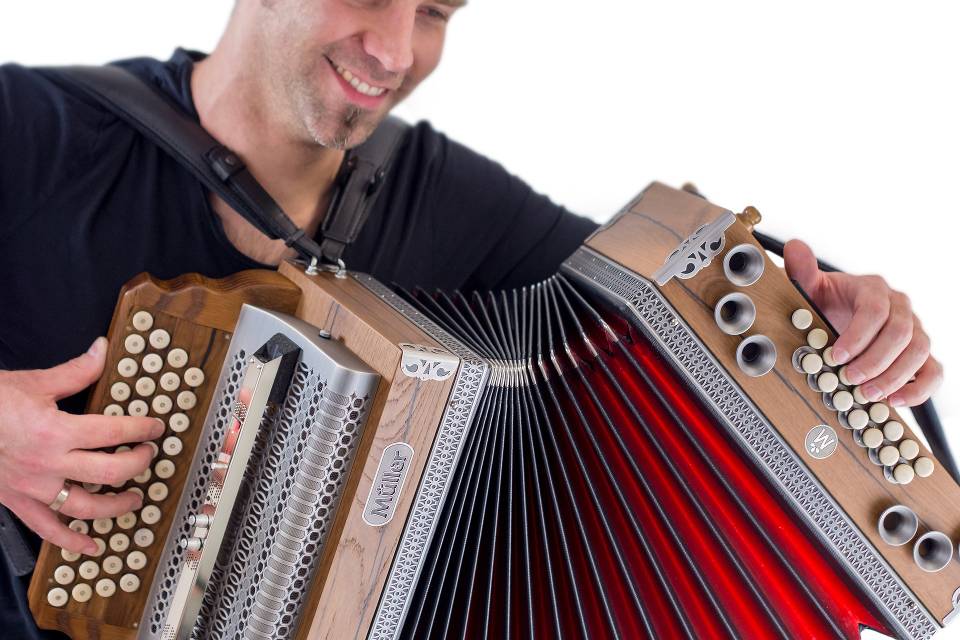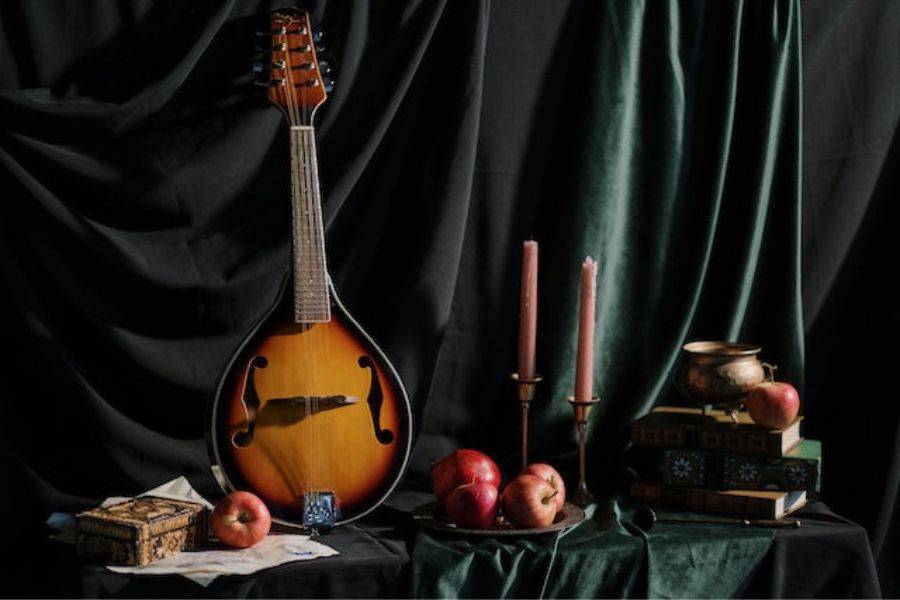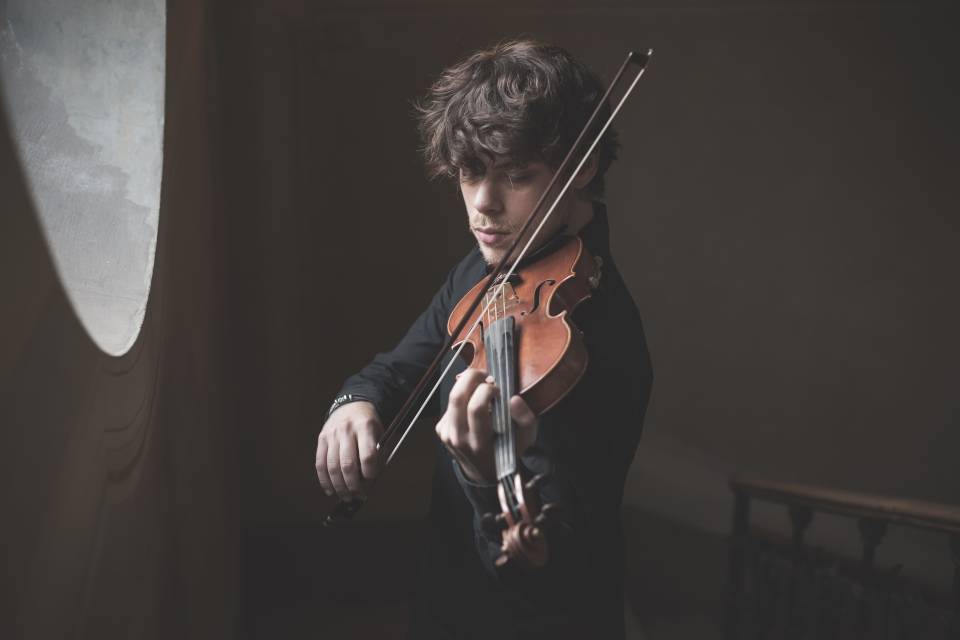Mozart’s piano concertos are among the most renowned examples of this genre.

In his lifetime, Wolfgang Amadeus Mozart composed a total of 27 piano concertos, and almost all are still played today.
These concertos are among the most beloved and significant works in the piano repertoire.
Several of them have established themselves as essential pieces of the classical repertoire.
But which ones are considered the best?
Contents
- 1 What Are Some of Mozart’s Best Piano Concertos?
- 1.1 1. Piano Concerto No. 20 in D Minor, K. 466
- 1.2 2. Piano Concerto No. 21 in C Major, K. 467
- 1.3 3. Piano Concerto No. 23 in a Major, K. 488
- 1.4 4. Piano Concerto No. 24 in C Minor, K. 491
- 1.5 5. Piano Concerto No. 27 in B-Flat Major, K. 595
- 1.6 6. Piano Concerto No. 22 in E-flat Major, K. 482
- 1.7 7. Piano Concerto No. 25 in C Major, K. 503
- 1.8 8. Piano Concerto No. 26 in D Major, K. 537, “Coronation”
- 2 Finally
What Are Some of Mozart’s Best Piano Concertos?
Mozart’s concertos feature a solo piano accompanied by an orchestra, creating a dynamic interplay between the two entities.
The piano serves as the leading voice, showcasing virtuosity, melodic lines, and intricate musical passages.
Similarly, the orchestra provides a rich harmonic and rhythmic backdrop.
These concertos often consist of multiple movements, each with its distinct character and mood.
Mozart’s piano concertos are celebrated for their beauty, complexity, and compositional brilliance. Hence, they are still as popular as they ever were.
In no particular order, here are some of the best Mozart piano concertos. Each with unique qualities that make it exceptional.
1. Piano Concerto No. 20 in D Minor, K. 466
This concerto is often regarded as one of Mozart’s most dramatic and intense compositions.
Its dark and brooding opening immediately captures the listener’s attention.
Besides, the emotional depth, virtuosic passages, and beautiful melodies throughout the concerto contribute to its greatness.
Mozart composed this concerto in 1785 and it is one of his most celebrated piano concertos to date. It consists of three movements.
The first movement is in sonata form and begins with a dark and dramatic orchestral introduction.
The second movement is a beautiful and serene Romanze.
It features a lyrical melody played by the piano, accompanied by the orchestra.
Lastly, the third movement is a lively and energetic rondo. Its somber key of D minor contributes to its dramatic and intense character.
Piano Concerto No. 20 is significant for its emotional depth, innovative structure, and harmonic richness.
It showcases Mozart’s characteristic playfulness and wit.
For this reason, it has been hailed as a masterpiece and has influenced many composers who came after Mozart.
2. Piano Concerto No. 21 in C Major, K. 467
Known as the “Elvira Madigan” concerto, this work is famous for its enchanting second movement.
Its movements feature one of Mozart’s most memorable and sublime melodies.
The combination of lyrical beauty and technical brilliance showcases Mozart’s genius.
He composed this concerto in 1785, shortly after completing his Piano Concerto No. 20 in D minor.
Similar to Piano Concerto No. 20, Piano Concerto No. 21 K. 467 consists of three movements.
The first movement opens with a majestic orchestral introduction, followed by the piano’s entrance with a bright and spirited theme.
The second movement is a serene and introspective Andante.
It is characterized by a beautiful, lyrical melody played by the piano, accompanied by the orchestra.
The third movement is a lively and joyful rondo. It exudes a sense of energy and playfulness, with catchy and spirited themes.
Additionally, the key of C major contributes to its overall joyful and exuberant character.
3. Piano Concerto No. 23 in a Major, K. 488

Composed in 1786, this is considered one of Mozart’s most beloved piano concertos.
Piano Concerto No 23 is characterized by its emotional depth and introspective nature.
The exquisite interplay between the solo piano and the orchestra creates a captivating dialogue.
The second movement, with its delicate and melancholic theme, is particularly noteworthy.
The first movement begins with a graceful and lyrical orchestral introduction.
The second is an Adagio, characterized by its poignant and introspective nature. The third movement is an allegro assai.
Notably, its sublime melodies, graceful character, and emotional range have made it one of Mozart’s most beloved compositions.
This concerto holds a special place in the hearts of listeners and performers alike.
4. Piano Concerto No. 24 in C Minor, K. 491
Composed in 1786, concerto No. 24 is considered one of Mozart’s most complex and intellectually challenging concertos.
It showcases his mastery of composition as it explores a wide range of emotions. From darkness and turbulence to moments of tender beauty.
Moreover, the stunning interplay between the soloist and the orchestra makes it a remarkable piece.
The first movement opens with a dark and dramatic orchestral introduction that sets the tone for the entire concerto.
The second movement is a Larghetto, which provides a stark contrast to the first movement.
Lastly, the third movement is an Allegretto, serving as a finale with a lively and energetic character.
Clearly, Piano Concerto No 24 is characterized by its profound expressiveness, dramatic contrasts, and harmonic complexity.
5. Piano Concerto No. 27 in B-Flat Major, K. 595
This concerto is a popular choice for pianists and is often performed in concert halls around the world.
Despite being one of Mozart’s lesser-performed concertos during his lifetime, this has gained recognition and appreciation in modern times.
He completed it in 1791, the year of his death. Concerto No. 27 stands out for its introspective and mature character, reflecting Mozart’s artistic development.
Mozart’s final piano concerto combines elegance, refinement, and a sense of introspection.
6. Piano Concerto No. 22 in E-flat Major, K. 482
Mozart composed this in December 1785, during the height of his prolific creativity. This concerto stands out for its grandeur and richness.
Additionally, it features majestic themes, virtuosic passages, and a jubilant finale.
The integration of the piano and the orchestra is seamless, resulting in a captivating and exhilarating musical experience.
Like other Mozart concertos, K. 482 also consists of three movements.
The first movement is in sonata-allegro form and starts with an orchestral introduction followed by the piano’s entrance.
The second movement is an Andante, featuring a lyrical and tender melody played by the piano.
It is often praised for its sublime beauty and emotional depth.
The final movement is a lively and energetic Rondo. This movement is known for its emotional depth and tender lyricism.
7. Piano Concerto No. 25 in C Major, K. 503

Regarded as one of Mozart’s grandest concertos, concerto No. 25 combines elegance, drama, and a sense of symphonic scope.
Notably, it features brilliant piano writing and a rich orchestral accompaniment.
As usual, the concerto consists of three movements: Allegro Maestoso, Andante, and Allegretto.
It showcases Mozart’s ability to seamlessly blend the roles of the piano and orchestra.
8. Piano Concerto No. 26 in D Major, K. 537, “Coronation”
It is often referred to as the “Coronation” concerto due to its association with the coronation festivities of Leopold II.
Composed in 1788, it showcases Mozart’s compositional brilliance and encompasses a wide range of emotions.
Furthermore, its regal character, inventive melodies, and masterful interplay between the piano and orchestra make it a remarkable masterpiece of Mozart.
The first movement, Allegro, opens with a bold and fanfare-like orchestral introduction.
The second movement, Larghetto, offers a beautiful contrast to the exuberance of the first movement.
The final movement, Allegretto, serves as a vibrant and joyous finale.
With energetic themes and rhythmic interplay between the piano and orchestra, this concerto displays a lively and spirited character.
Finally
Based on popular opinion, these piano concertos represent some of Mozart’s finest achievements in the genre.
Each one offers a unique musical perspective.
They are considered the best due to their combination of musical brilliance, emotional depth, technical mastery, and structural sophistication.
These factors contribute to their enduring popularity and status as masterpieces of the classical music repertoire.






